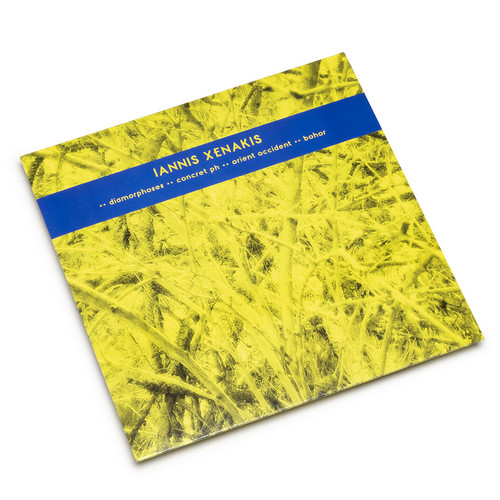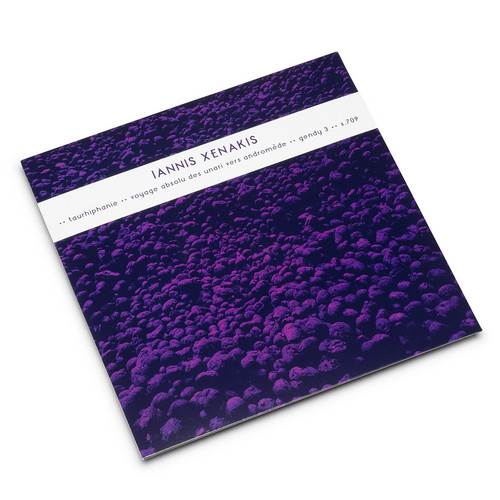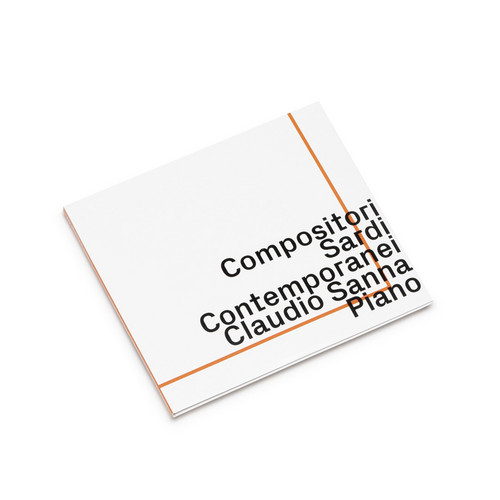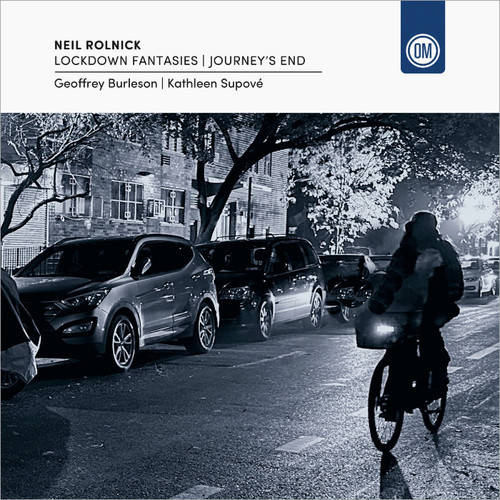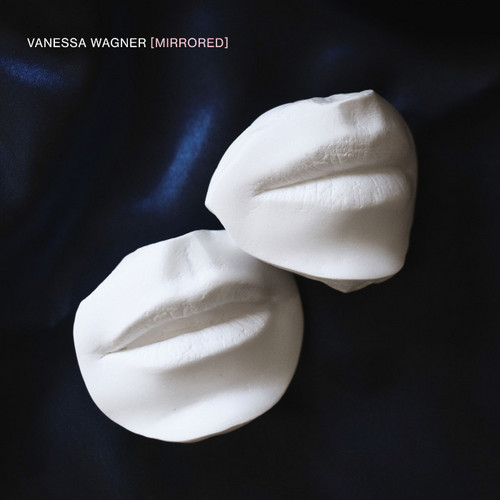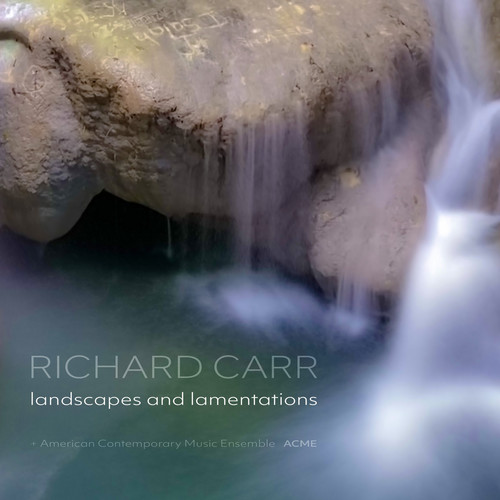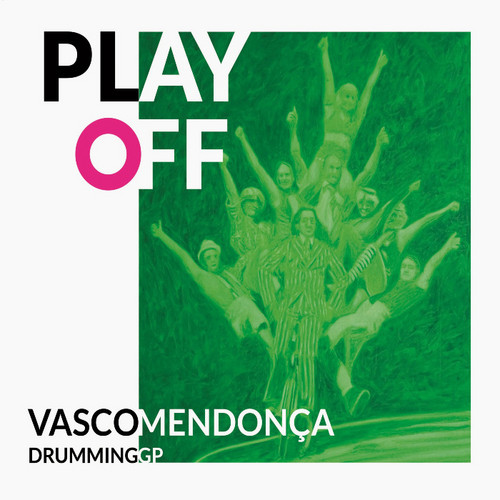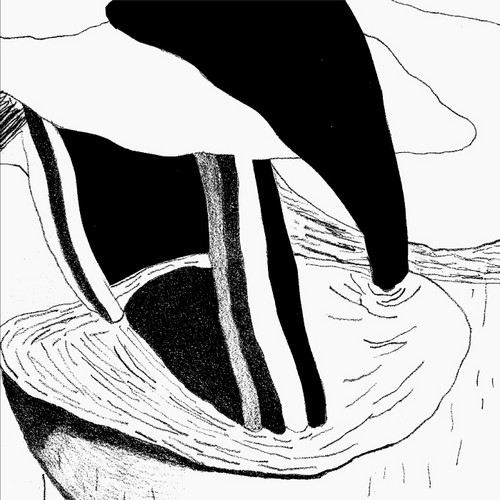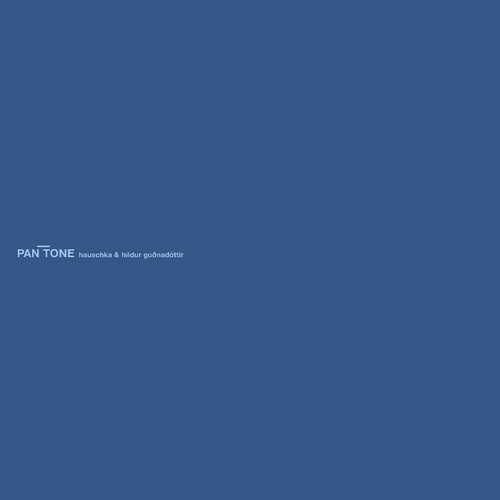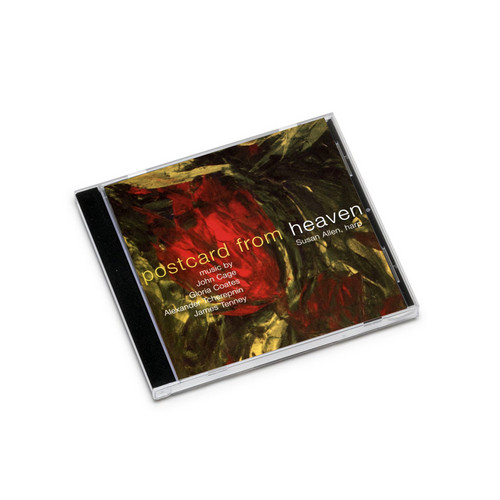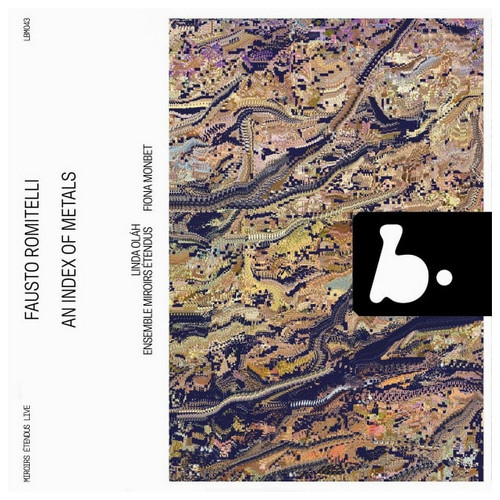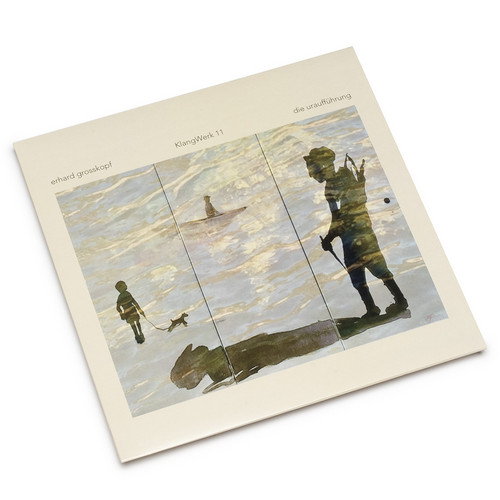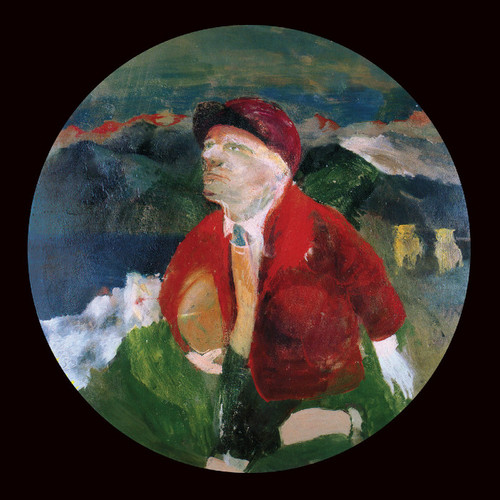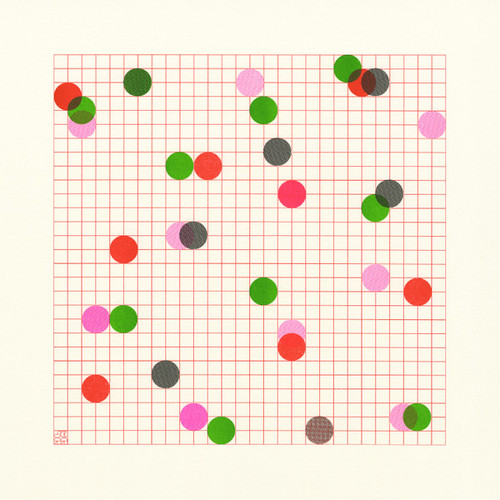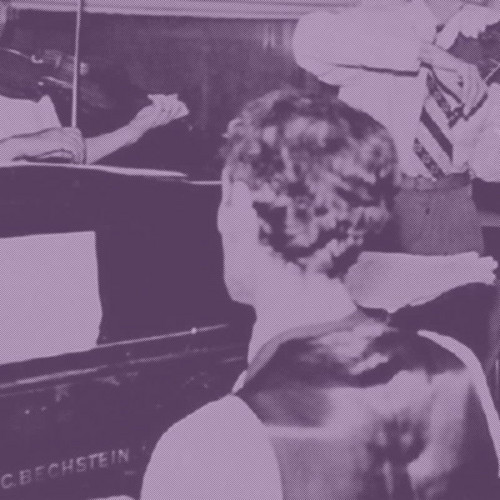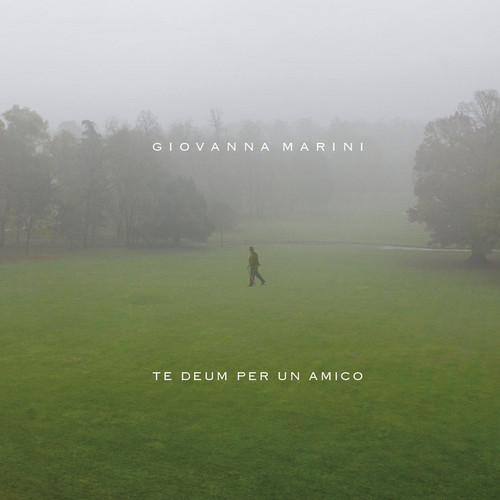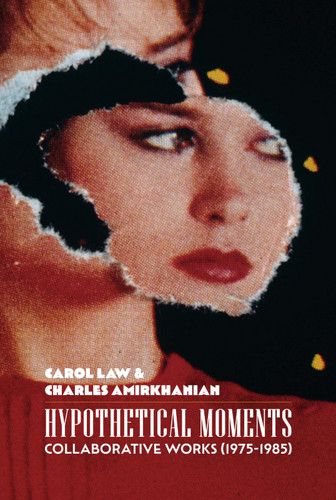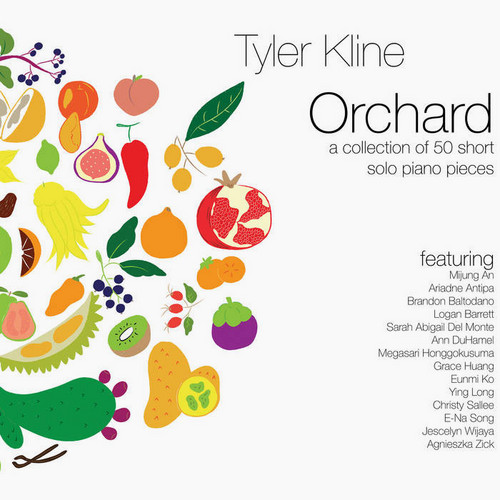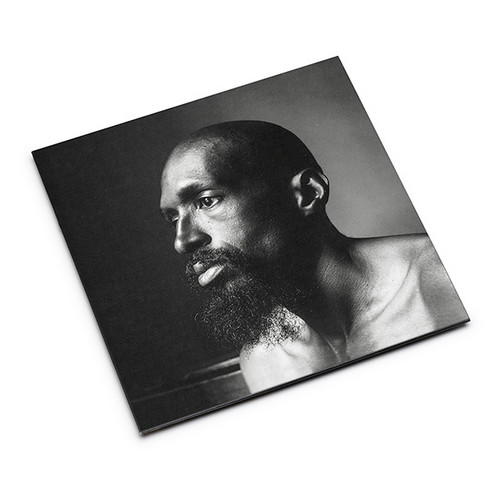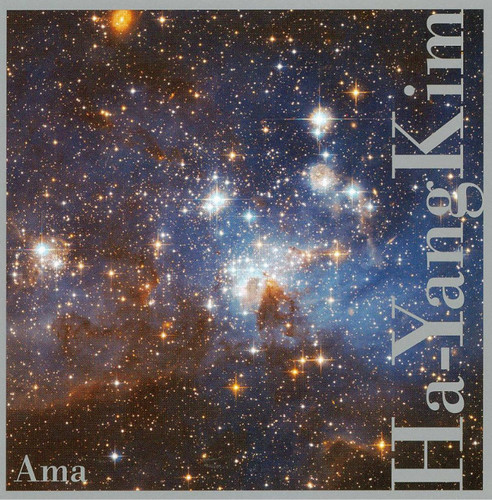Diamorphoses / Concret Ph / Orient Occident / Bohor
Iannis Xenakis's early electroacoustic works define already the compositional space he is using later in his mature, almost one-hour long works like Persepolis or La Légende d'Er. After arriving in Paris as a Greek refuge in 1947, Xenakis quickly found a work as construction engineer with the architect Le Corbusier. He tried in vain for several years to become a member of the Groupe De Musique Concrète (GRM) and thus to gain access to the electroacoustic studios at the French radio. Pierre Schae…
Taurhiphanie / Voyage Absolu Des Unari Vers Andromède / Gendy 3 / S.709
Iannis Xenakis's late electroacoustic music became electronic: all sounds are synthetic "explicit computer music" as Peter Hoffmann called it. The music presented here shows Xenakis's way back from spatialized immersive music and multimedia spectacle to simple loudspeaker music. The sound does not move anymore, there are no synchronized visuals: nothing remains but structured noise. Xenakis used two inventions he had already presented in the context of the Polytopes: sounds created by stochastic…
Compositori Sardi Contemporanei
Temporary Super Offer! Compositori sardi contemporanei produced by the Swiss label Hat Hut Records Basel and directed by Werner X. Uehlingeris a snapshot of the Sardinian contemporary music world with an initial focus on eight composers Luciano Chessa, Andrea Granitzio, Paolo Pastorino, Riccardo Collu, Giuseppe D'Amico, Giovanna Dongu, Claudio Sanna, and Luca Sirigu. The project is conceived as a work in progress, therefore with constant updating of the repertoire and attention to what is happen…
Lockdown Fantasies
*In process of stocking.* Other Minds is pleased to present Lockdown Fantasies, the new album from composer Neil Rolnick. The album features two new works for piano and electronics written for and performed by Geoffrey Burleson and Kathleen Supové. Both works are dense and thoughtful with an emotional edge, much like the oeuvre that Rolnick has built up over his 40 year career as a composer.
The album opens with its titular piece, "Lockdown Fantasies," performed by Geoffrey Burleson. The piece w…
Mirrored
French pianist Vanessa Wagner collects solo piano studies of graceful minimalism and rare finesse for new album Mirrored.
Landscapes and Lamentations
“Music and nature have a long and illustrious history together,” writes violinist, composer, improvisor, hiker, Richard Carr. “It’s been done a zillion times, but I can’t fight it anymore. True, I spend more time than most knocking around the woods and winding up and down the trails. Over the course of six decades, I have explored the major mountain ranges of six continents. This has been long enough to witness first-hand the changes that have been so apparent not only to the naked eye but also …
Play Off
*In process of stocking* Play Off is the new record by the composer Vasco Mendonça, performed by Drumming GP and edited by Holuzam. Resulting from the accomplice creative partnership between Vasco Mendonça and the ensemble led by Miquel Bernat, all the works on this disc (which includes an unusual piece for countertenor and percussion, from poems by Terrance Hayes and Tracy K. Smith) are commissions from the group to the composer, under the Composer in Residence programme in 2019/2020.
At this l…
Ripples On The Surface
*In process of stocking* Releasing music since 2006, Tiago Sousa is one of most talented and heartfelt pianists of his generation. His compositions are soulful, generous, and mindful. He has released records on Immune, Discrepant and for years oversaw Merzbau, a visionary Portuguese label that inspired many in the mid-2000s. After years of flirting, we are very happy to announce Tiago's first release on Holuzam, “Ripples On The Surface”.
The opener “Sunflowers” sits close to Steve Reich – “Music…
Pan Tone
Volker Bertelmann and Hildur Guðnadóttir hardly need an introduction - their distinct styles have graced the speakers of pretty much anyone enamored with experimental music in the last decade, and between them the two have chalked up an enviable canon of successes. Bertelmann, under the Hauschka moniker has explored the extremities of prepared piano improvisation, and Guðnadóttir has taken cinematic, explorative cello music into a new era of depth and passion, so to hear them both together is a …
Postcard From Heaven
The harp is a strange and compelling instrument that in its technological ancientness beckons composers and listeners alike to bask in its heavenly aura. Like hand drums and acoustic guitars, the immediacy of a harp's sound production demands an intimate, one-on-one relationship between listener and instrument/performer. This intimacy is why composers of all stripes write music for harp-it strips away habit and affectation. Its limits are challenges that distill the essence of a composer's style…
An Index of Metals
hortly before his death (ten years ago), Fausto Romitelli together with his friend Paolo Pachini and the poetess Kenka Lèkovich, resurrected the dream of a total scenic art (a furnace of sensations, they called it, an_ initiation rite_) in the manner of the Futurists: rhythms and gleams of light striking metals (for the video part), poems in iron and chrome singing of fusion with matter (Kenka Lekovich), acoustic/electric music highly amplified, filtered, spatialised, in as artificial a manner a…
KlangWerk 11
Erhard Grosskopf (b. 1934) is a Berlin-based composer of contemporary music who has been active since 1963. His works include chamber and orchestral as well as electronic music, and have been performed in the West German pavilion at Expo '70, by various radio orchestras, renowned string quartets, and avant-garde groups such as Gentle Fire or Agitation Free.
A thread that runs through all of Grosskopf's works is the idea of composing not on a timescale but in a space. Grosskopf views himself as a…
Skullbase Fracture
Issued by Leo Fegin's visionary record label in 1993, this refreshed and revised reissue collection of Hungarian composer Tibor Szemző's chamber pieces with spoken text – composed at 1980s for the legendary GROUP 180 – is unlike anything else of its kind.
Fleeting Future
Tip! *300 copies limited edition. Much needed repress!* Akusmi is the new project moniker of French-born, London based composer, multi-instrumentalist and producer Pascal Bideau, who signs to the new Tonal Union imprint for the release of his album ‘Fleeting Future.’ With its hallucinatory, genre-defying blend of minimalism, cosmic jazz and Fourth World influences, and in its quest for optimism in the face of unknown and limitless possibility. ‘Fleeting Future’ stands apart as an inventive and i…
Selected Improvisations From Golha, Pt. II
The second part in a collection of stunning Persian-tuned piano pieces, cut from Iranian national radio broadcasts made for the Golha programmes between 1956 & 1965.
Te Deum Per Un Amico
*Includes a 40-page booklet with full text of the work, introductory texts and photos.* Giovanna Marini is an almost unique figure in Italy: a classically trained musician (graduated from the Conservatory of Santa Cecilia in Rome, perfected as a guitarist with Maestro Andres Segovia, then a lutenist with Maestro Quaranta's "Concentus Antiqui" ensemble), from the early 1960s she began a work of studying and transcribing songs from the Italian folk oral tradition. Beginning with "Bella Ciao" in 19…
Hypothetical Moments
Other Minds is excited to present Hypothetical Moments, a DVD of the collaborative works of Carol Law and Charles Amirkhanian, available on video for the first time. Some of the work included within will be familiar to followers of Amirkhanian’s work (Dog of Stravinsky, Mahogany Ballpark), but the vast majority of Hypothetical Moments has been entirely unavailable until now. Both video and audio have been lovingly restored and remastered, opening up a new pathway into the densely layered and ref…
Orchard
*2022 Stock.* “I was born and raised in Kentucky, and for many generations my direct ancestors and extended family have been farmers. So, creating music that is ‘about’ soil, plant life, and the natural world, is my way of honoring that legacy.” Composer Tyler Kline’s tools, though, are not the plow – and vegetables are not the crop – in this collection of brief piano pieces commissioned by and for over a dozen pianists. Instead, Orchard is a celebration of fruit. Each sketch draws on a specific…
Stay On It
In 1973, avant-garde ensemble Creative Associates goes on a tour of Europe with Eastman’s brand new piece in their repertoire, and in short: “Stay on It” turns the coordinates of avant-garde music on its head. It is minimal, but unashamedly groovy; it is open to improvisation, grants performers all the freedom they could need, but it isn’t jazz and never slips into the non-committal. It is open to theatrical and performative elements, but also to the poetic and lyrical. It is strict and demands …
Ama
*In process of stocking. 2022 stock.* Born in Seoul and now a resident of Brooklyn, Ha-Yang Kim is a cellist, composer and improviser who has developed a unique language of extended string techniques and electronics. Drawing upon influences as far ranging as Balinese and Karnatic traditions, jazz, rock, western classical music and downtown experimentation, she has created an original music of imagination and passion. Her first CD features a startling solo piece, two pieces for her long running d…
